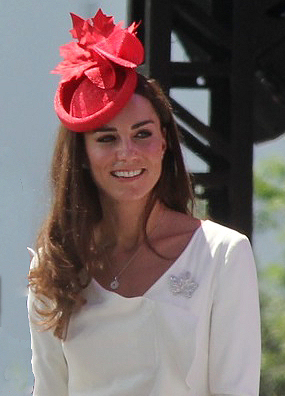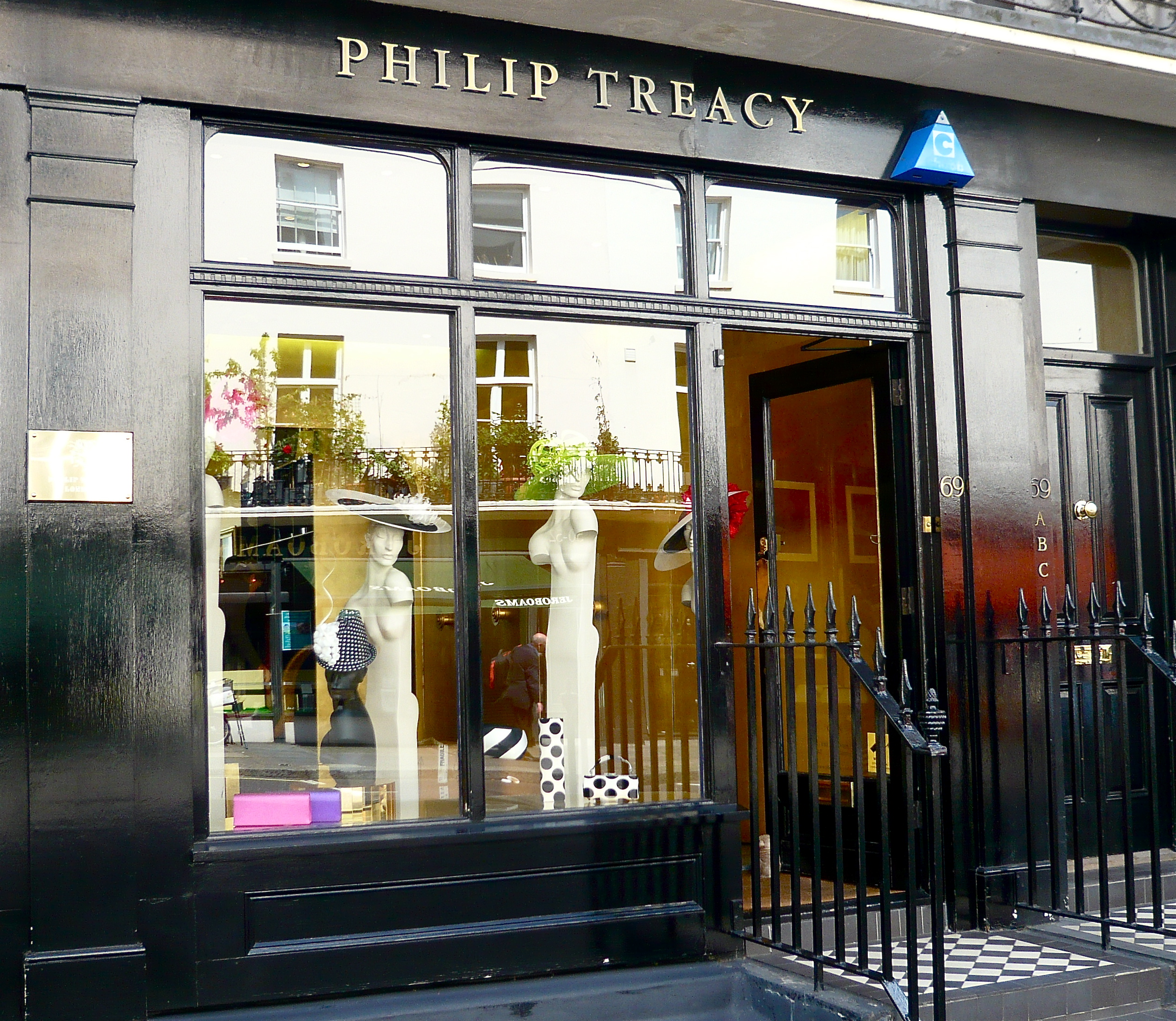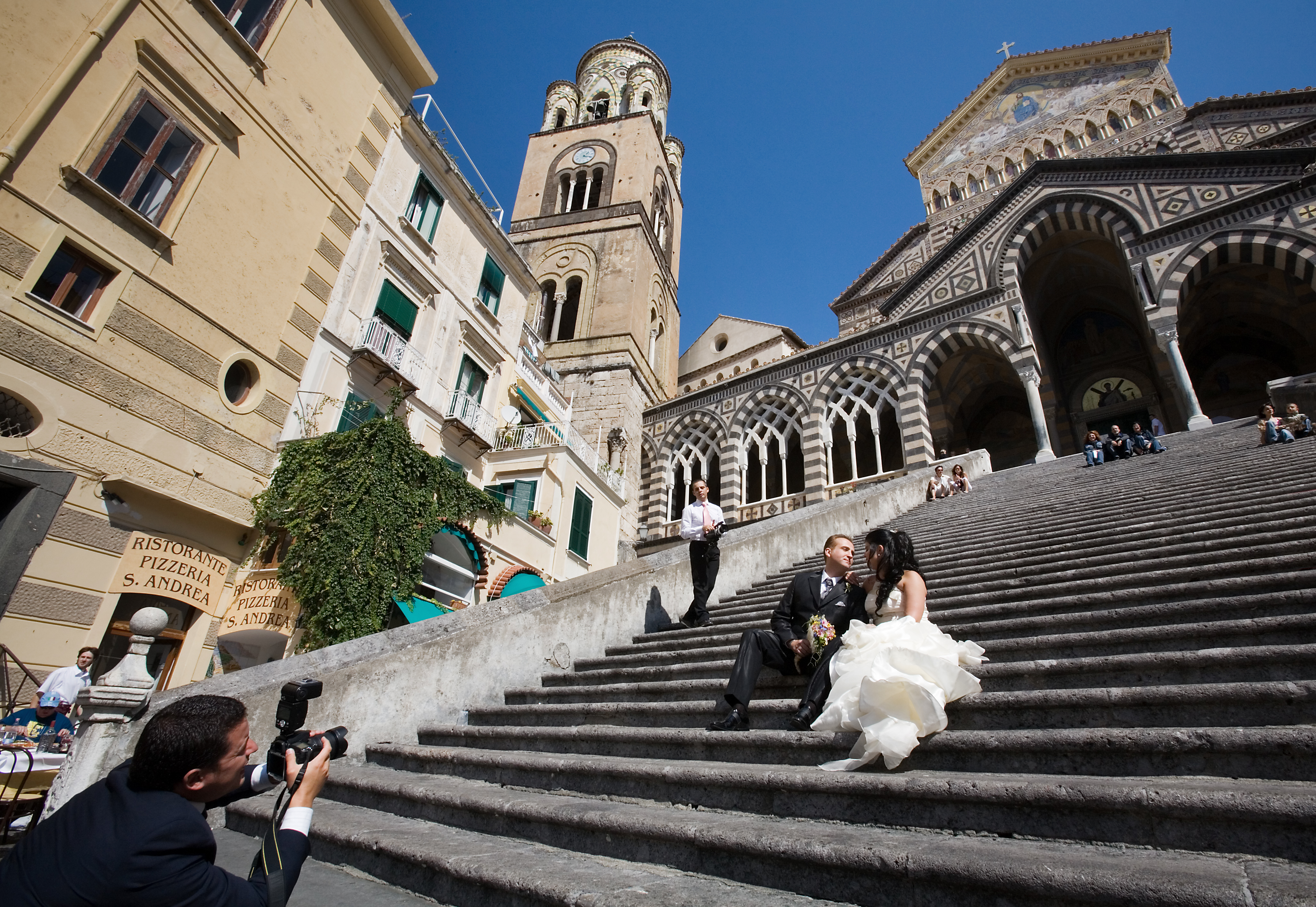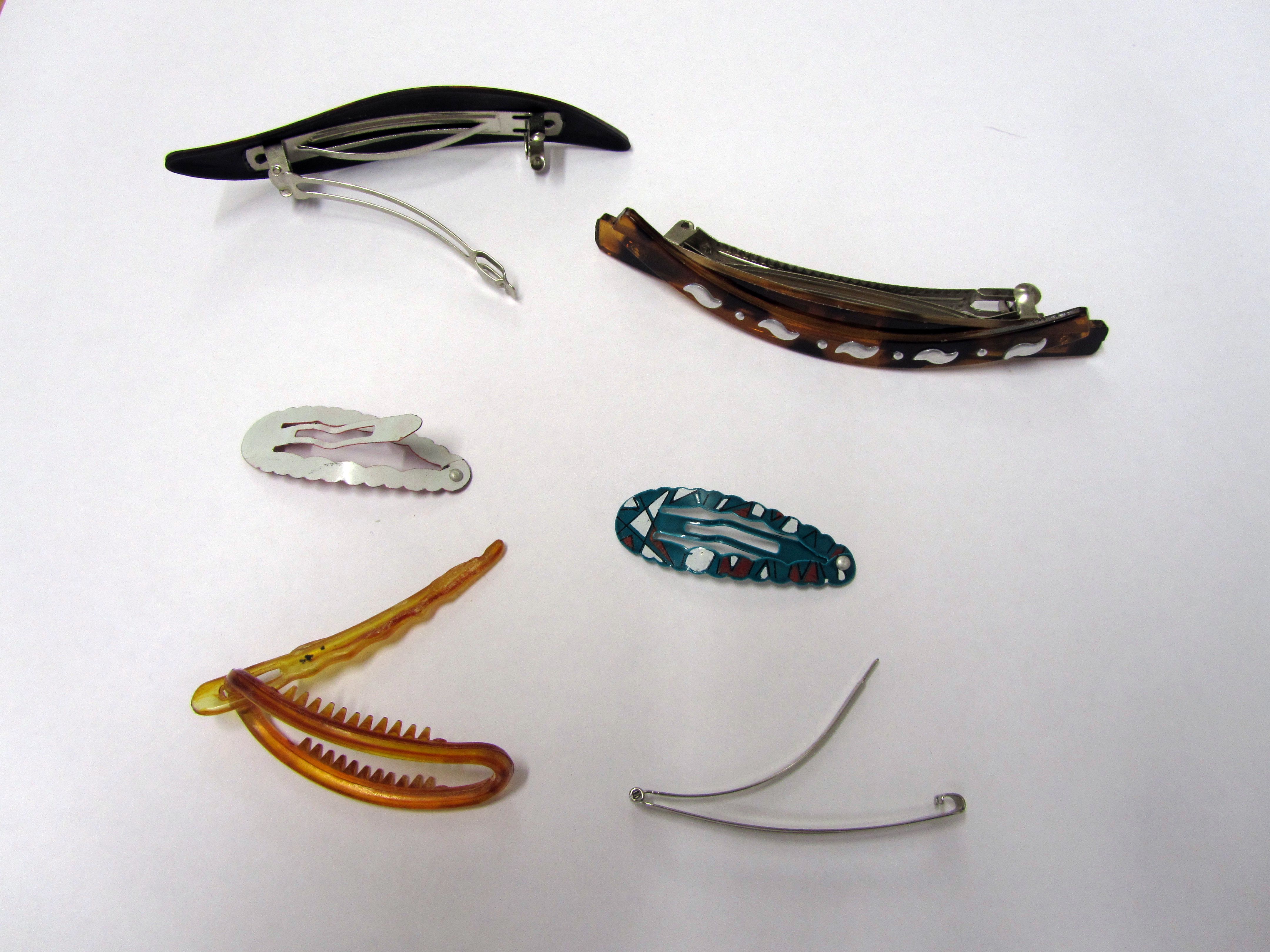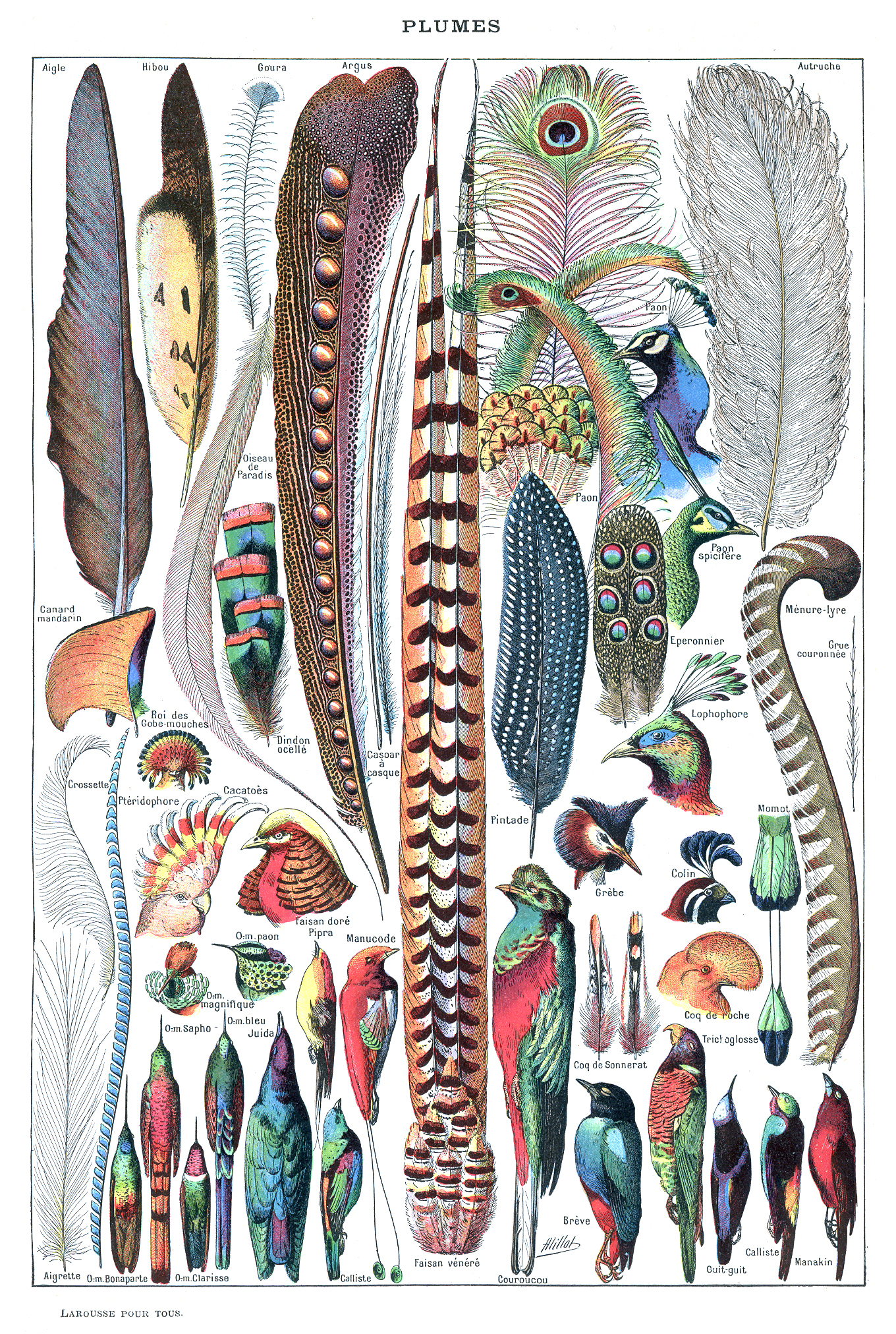|
Fascinator
A fascinator is a formal headpiece, a style of millinery. Since the 1990s, the term has referred to a type of formal headwear worn as an alternative to the hat; it is usually a large decorative design attached to a band or clip. In contrast to a hat, its function is purely ornamental: it covers very little of the head, and offers little or no protection from the weather. An intermediate form, incorporating a more substantial base to resemble a hat, is sometimes called a hatinator. Etymology The word "fascinator" is derived from the Latin verb ''fascinare'' ("to fascinate"), and simply means a thing or person that is enthralling or extremely interesting. Historically, the term was also applied to a person or animal with the (perhaps magical) power of rendering others unable to move or escape. History Earlier decorative headpieces It was customary for Christian women in Europe to wear some sort of headcovering. The European fashion of decorating the head with a hat can be tr ... [...More Info...] [...Related Items...] OR: [Wikipedia] [Google] [Baidu] |
Cocktail Hat
230px, Empress Michiko wearing cocktail hat A cocktail hat is a small, extravagant, and typically brimless hat for a woman. It is usually a component of evening wear and is intended as an alternative to a large-brimmed hat. These hats are often decorated with beads, jewels or feathers, as well as a veil or netting. Cocktail hats were most popular between the 1930s and 1960s. Some fashion historians think that cocktail hats were the precursor to fascinators, hairpieces worn on the side of the head that gained popularity in the 1970s, while others argue that fascinators were worn during the day and cocktail hats in the late afternoon or evening. Unlike a fascinator, a cocktail hat has a fully formed and visible base. Cocktail hats can be of many shapes, ranging from modeled wool or felt or shaped straw to softer, turban-like constructions. See also *Cocktail dress A cocktail dress is a dress suitable at semi-formal occasions, sometimes called cocktail parties, usually in ... [...More Info...] [...Related Items...] OR: [Wikipedia] [Google] [Baidu] |
Philip Treacy
Philip Anthony Treacy (born 26 May 1967) is an Irish haute couture milliner, or hat designer, who has been mostly based in London for his career, and who was described by '' Vogue'' magazine as "perhaps the greatest living milliner". In 2000, Treacy became the first milliner in eighty years to be invited to exhibit at the Paris haute couture fashion shows. He has won British Accessory Designer of the Year at the British Fashion Awards five times, and has received public honours in both Britain and Ireland. His designs have been displayed at the Victoria and Albert Museum and the Metropolitan Museum of Art. In 1989, Treacy was discovered and then mentored by fashion editor Isabella Blow, whom Treacy described as the "biggest inspiration" on his life. Blow would wear and promote Treacy's designs at important fashion events and helped Treacy to break into some of the main fashion houses, particularly Chanel and Givenchy. Treacy is associated with celebrities such as Lady Gaga, ... [...More Info...] [...Related Items...] OR: [Wikipedia] [Google] [Baidu] |
Headpiece
A headpiece is an object worn on the head for decoration or protection. Headpiece may refer to: *A typically thin metallic crown, headband, or tiara worn around the forehead. Commonly worn by ancient rulers, such as Cleopatra Cleopatra VII Philopator ( grc-gre, Κλεοπάτρα Φιλοπάτωρ}, "Cleopatra the father-beloved"; 69 BC10 August 30 BC) was Queen of the Ptolemaic Kingdom of Ancient Egypt, Egypt from 51 to 30 BC, and its last active ruler. ..., headpieces usually carry some emblem of religious or political significance. *A beaded or woven meshwork, often fringed, and worn covering the hair – fascinator. *The part of a dance or theatrical costume that is worn on the head. {{Headgear Headgear ... [...More Info...] [...Related Items...] OR: [Wikipedia] [Google] [Baidu] |
Hatmaking
Hat-making or millinery is the design, manufacture and sale of hats and other headwear. A person engaged in this trade is called a milliner or hatter. Historically, milliners, typically women shopkeepers, produced or imported an inventory of garments for men, women, and children and sold these garments in their millinery shop. Many milliners worked as both milliner and fashion designer, such as Rose Bertin, Jeanne Lanvin, and Coco Chanel. The millinery industry benefited from industrialization during the nineteenth century. In 1889 in London and Paris, over 8,000 women were employed in millinery, and in 1900 in New York, some 83,000 people, mostly women, were employed in millinery. Though the improvements in technology provided benefits to milliners and the whole industry, essential skills, craftsmanship, and creativity are still required. Since the mass-manufacturing of hats began, the term milliner is usually used to describe a person who applies traditional hand-craftsmans ... [...More Info...] [...Related Items...] OR: [Wikipedia] [Google] [Baidu] |
Kate In Ottawa For Canada Day 2011 Cropped
Kate name may refer to: People and fictional characters * Kate (given name), a list of people and fictional characters with the given name or nickname * Gyula Káté (born 1982), Hungarian amateur boxer * Lauren Kate (born 1981), American author of young adult fiction * ten Kate, a Dutch toponymic surname originally meaning "at the house" Arts and entertainment * ''Kate'' (TV series), a British drama series (1970-1972) * ''Kate'' (film), a 2021 American action thriller film * An alternative title of "Crabbit Old Woman", a poem attributed to Phyllis McCormack * ''Kate'', a young adult novel by Valerie Sherrard * "Kate" (Ben Folds Five song), 1997 * "Kate" (Johnny Cash song), 1972 * "Kate", a song by Arty * "Kate (Have I Come Too Early, Too Late)", a song by Irving Berlin, 1947 * ''The Kate'', American TV series Ships * CSS ''Kate'', a Confederate blockade runner during the American Civil War * , a Union Navy steamer during the American Civil War * SS ''Kate'' (tug), a w ... [...More Info...] [...Related Items...] OR: [Wikipedia] [Google] [Baidu] |
The Catholic Herald
The ''Catholic Herald'' is a London-based Roman Catholic monthly newspaper and starting December 2014 a magazine, published in the United Kingdom, the Republic of Ireland and, formerly, the United States. It reports a total circulation of about 21,000 copies distributed to Roman Catholic parishes, wholesale outlets, and postal subscribers and describes itself as "a bold and influential voice in the church since 1888, standing up for traditional Catholic culture and values". History ''The Catholic Herald'' was established as a weekly newspaper in 1888. It was first owned and edited by Derry-born Charles Diamond until his death in 1934. After his death the paper was bought by Ernest Vernor Miles, a recent convert to Roman Catholicism and head of the New Catholic Herald Ltd. Miles appointed Count Michael de la Bédoyère as editor, a post he held until 1962. De la Bédoyère's news editor was writer Douglas Hyde, also a convert who arrived from the Communist ''Daily Worker''.K ... [...More Info...] [...Related Items...] OR: [Wikipedia] [Google] [Baidu] |
Christian Views On Marriage
From the earliest days of the Christian faith, Christians have honored ''holy matrimony'' (as Christian marriages are referred to) as a divinely blessed, lifelong, monogamous union between a man and a woman. According to the Episcopal Book of Common Prayer (1979), reflecting the traditional view, "Christian marriage is a solemn and public covenant between a man and a woman in the presence of God," "intended by God for their mutual joy; for the help and comfort given one another in prosperity and adversity; and, when it is God's will, for the procreation of children and their nurture." However, while many Christians might agree with the traditional definition, the terminology and theological views of marriage have varied through time in different countries, and among Christian denominations. Many Protestants consider marriage to be a sacred institution or "holy ordinance" of God. Roman Catholics and Eastern Orthodox Christians consider marriage as a holy sacrament or sacred my ... [...More Info...] [...Related Items...] OR: [Wikipedia] [Google] [Baidu] |
Southern Living
''Southern Living'' is a lifestyle magazine aimed at readers in the Southern United States featuring recipes, house plans, garden plans, and information about Southern culture and travel. It is published by Birmingham, Alabama (We dare defend our rights) , anthem = " Alabama" , image_map = Alabama in United States.svg , seat = Montgomery , LargestCity = Huntsville , LargestCounty = Baldwin County , LargestMetro = Greater Birmingham , area_total_km2 = 135,7 ...–based Southern Progress Corporation, a unit of IAC's Dotdash Meredith. History The magazine was started in 1966 by The Progressive Farmer Company, the publisher of '' Progressive Farmer'' magazine. In 1980, the company changed its name to Southern Progress Corporation to reflect its increasingly diverse business, and in 1985, it was purchased by Time, Inc. for $498 million. In 2017 Time, Inc. was purchased by the Meredith Corporation. Cooking One of the major topics in ''Southern Living'' is food, and ... [...More Info...] [...Related Items...] OR: [Wikipedia] [Google] [Baidu] |
Flower
A flower, sometimes known as a bloom or blossom, is the reproductive structure found in flowering plants (plants of the division Angiospermae). The biological function of a flower is to facilitate reproduction, usually by providing a mechanism for the union of sperm with eggs. Flowers may facilitate outcrossing (fusion of sperm and eggs from different individuals in a population) resulting from cross-pollination or allow selfing (fusion of sperm and egg from the same flower) when self-pollination occurs. There are two types of pollination: self-pollination and cross-pollination. Self-pollination occurs when the pollen from the anther is deposited on the stigma of the same flower, or another flower on the same plant. Cross-pollination is when pollen is transferred from the anther of one flower to the stigma of another flower on a different individual of the same species. Self-pollination happens in flowers where the stamen and carpel mature at the same time, and are positione ... [...More Info...] [...Related Items...] OR: [Wikipedia] [Google] [Baidu] |
Barrette
A barrette (American English), also known as a hair slide (British English), or a hair clip, is a clasp for holding hair in place. They are often made from metal or plastic and sometimes feature decorative fabric. In one type of barrette, a clasp is used to secure the barrette in place; the clasp opens when the two metal pieces at either side are pressed together. Barrettes are worn in several different ways partly according to their size, with small ones often used at the front and large ones in the back to hold more hair. They are used to keep hair out of the eyes, or to secure a bun, French twist, or ponytail. Short metal "clip" barrettes are sometimes used to pull back front pieces of hair. Barrettes are also sometimes used purely for decorative purposes, usually by women. Larger barrettes—as long as —are designed to pull back longer hair or a large amount of hair and are usually worn at the back of the head, often "tails up". If the intent is to pull hair back, the l ... [...More Info...] [...Related Items...] OR: [Wikipedia] [Google] [Baidu] |
Feather
Feathers are epidermal growths that form a distinctive outer covering, or plumage, on both avian (bird) and some non-avian dinosaurs and other archosaurs. They are the most complex integumentary structures found in vertebrates and a premier example of a complex evolutionary novelty. They are among the characteristics that distinguish the extant birds from other living groups. Although feathers cover most of the bird's body, they arise only from certain well-defined tracts on the skin. They aid in flight, thermal insulation, and waterproofing. In addition, coloration helps in communication and protection. Plumology (or plumage science) is the name for the science that is associated with the study of feathers. Feathers have a number of utilitarian, cultural, and religious uses. Feathers are both soft and excellent at trapping heat; thus, they are sometimes used in high-class bedding, especially pillows, blankets, and mattresses. They are also used as filling for winter ... [...More Info...] [...Related Items...] OR: [Wikipedia] [Google] [Baidu] |
